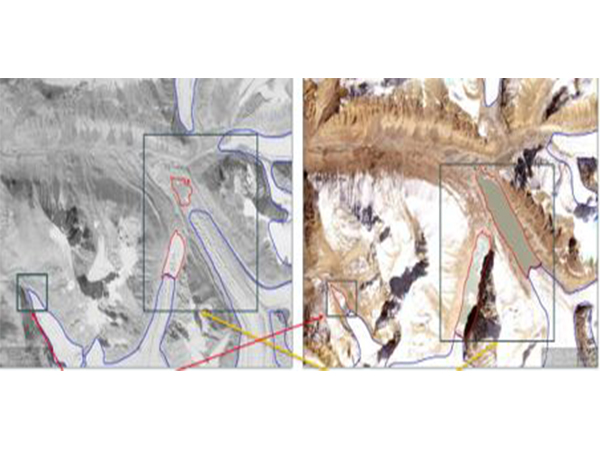
New Delhi [India], March 21 (ANI): On this day, as the global community recognizes the inaugural United Nations World Day for Glaciers today, a report by Suhora Technologies , an Indian Earth observation and analytics firm, points out a concerning pattern in the Himalayan region.
Reports indicate that certain glacial lakes are swiftly increasing in size, thereby heightening the risks for local populations in these areas.
The United Nations arranges the World Day for Glaciers , aiming to increase worldwide understanding of how crucial glaciers, snow, and ice are to the climate system and global water security.
The report advocates for worldwide efforts to protect glaciers because of their crucial part in maintaining life on our planet for upcoming generations.
The firm behind the report oversees a comprehensive collection of around 33,000 lakes distributed among 630 glaciers within the Indus, Ganga, and Brahmaputra river systems in India and nearby areas. This information has played a crucial role in evaluating and pinpointing possible risks associated with alterations in these glaciers.
The firm's findings indicate that although not every lake is getting larger, certain ones are experiencing concerning expansion.
The growth of specific high-elevation glacial lakes, spurred by rapid glacier melting caused by climate change, presents a significant danger from Glacial Lake Outburst Floods (GLOFs). Such floods happen when the natural barriers containing these glacial lakes break down, leading to abrupt and devastating deluges.
The 2023 overflow from South Lhonak Lake in Sikkim illustrates the devastating impact these flood events can have, destroying vital structures, interrupting daily activities, and resulting in loss of life.
The information provided in the report indicates that glaciers are melting and shrinking more rapidly than before.
An instance of this can be seen in a glacier situated along the Nepal-China border, showing considerable alterations in its form due to notable ice reduction over the years.
The document indicates that this trend aligns with broader regional patterns, potentially having significant impacts on water resources, farming efficiency, and the daily lives of people who rely on these glaciers as their primary source of fresh water.
"As glacial transformations accelerate, implementing a mix of early warning mechanisms, regulated water management strategies, and community readiness initiatives becomes crucial for mitigating disaster threats," the report noted. (ANI)


No comments:
Post a Comment